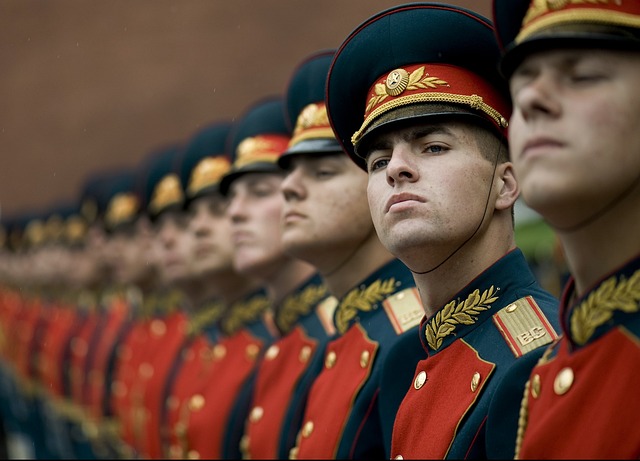
Overview of the Chapter
The Russian Revolution was a pivotal event in world history that transformed Russia from an autocratic monarchy into a socialist state. This chapter explores the causes, key events, and consequences of the revolution, focusing on the socio-economic and political conditions that led to the uprising.
Background of the Russian Revolution
Before the revolution, Russia was ruled by Tsar Nicholas II, who maintained an autocratic regime. The majority of the population were peasants, while industrial workers faced harsh conditions. The country's involvement in World War I exacerbated economic hardships and social discontent.
Autocracy: A system of government where one person has absolute power.
Causes of the Russian Revolution
- Economic hardships due to industrialization and poor working conditions.
- Political repression under Tsar Nicholas II.
- Russia's heavy losses in World War I.
- Growing influence of socialist ideas, particularly Marxism.
Key Events of the Revolution
February Revolution (1917)
Mass protests and strikes led to the abdication of Tsar Nicholas II, ending the Romanov dynasty. A Provisional Government was established, but it failed to address key issues.
October Revolution (1917)
Led by the Bolsheviks under Vladimir Lenin, this revolution overthrew the Provisional Government. The Bolsheviks established a socialist government and withdrew Russia from World War I.
Bolsheviks: A radical socialist group led by Lenin that played a key role in the October Revolution.
Consequences of the Russian Revolution
- Establishment of the Soviet Union in 1922.
- Spread of socialist ideas globally.
- Civil war between the Bolsheviks (Reds) and their opponents (Whites).
- Economic and social reforms, including land redistribution.
Impact on the World
The Russian Revolution inspired socialist movements worldwide and led to the Cold War divide between capitalist and communist nations. It also influenced anti-colonial struggles in Asia and Africa.
